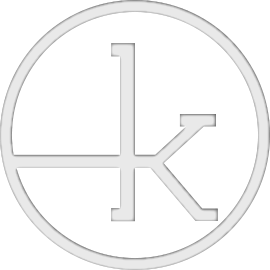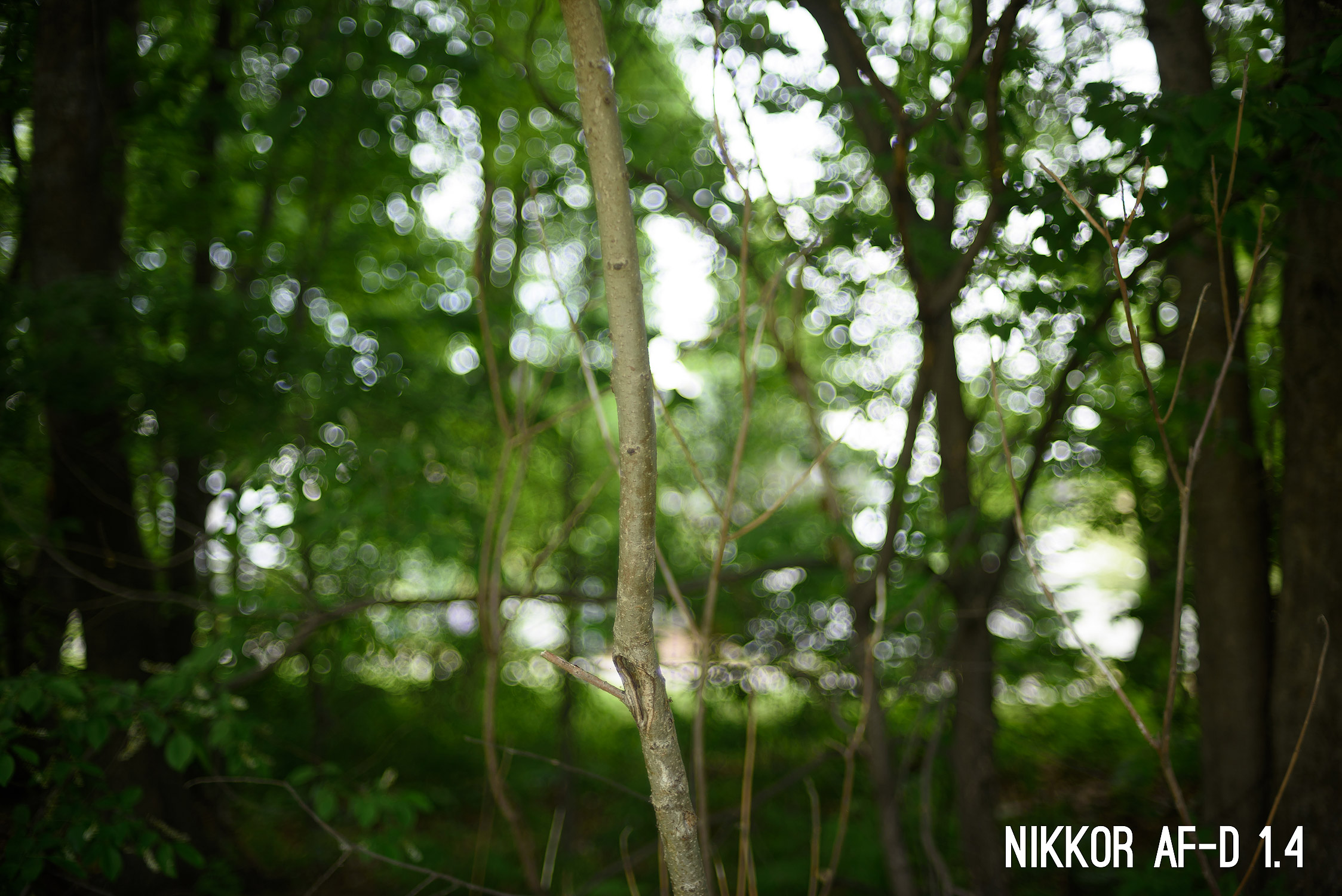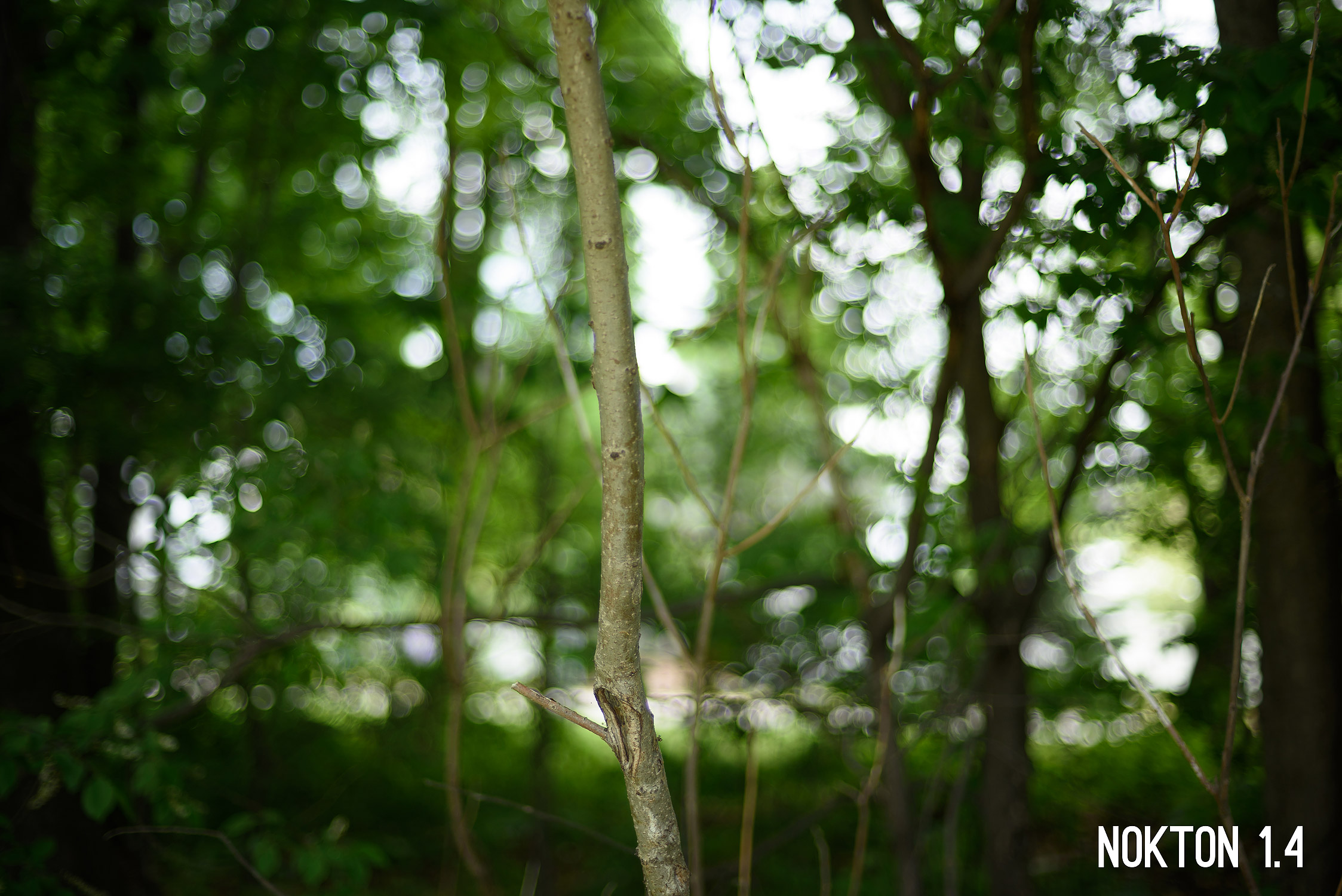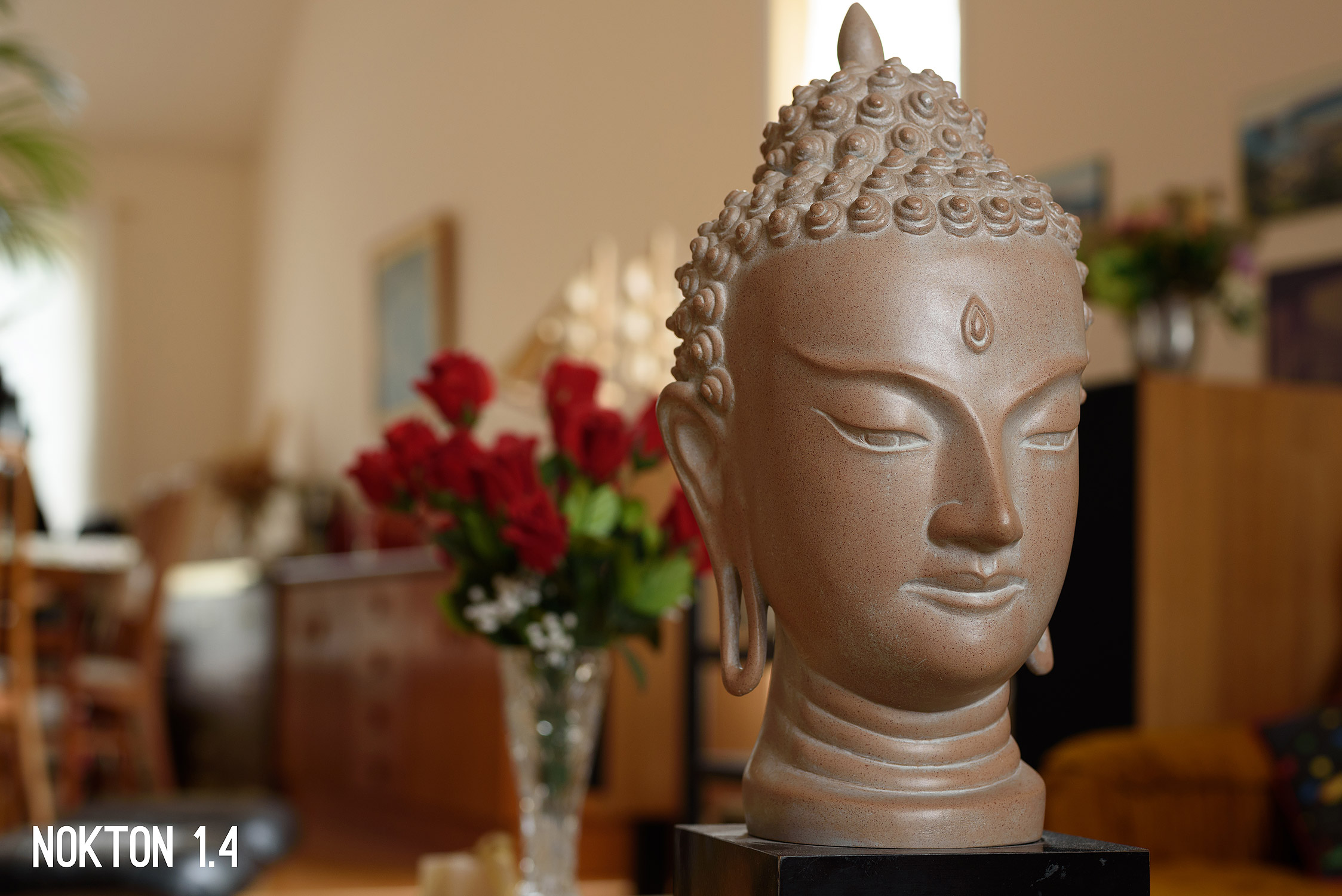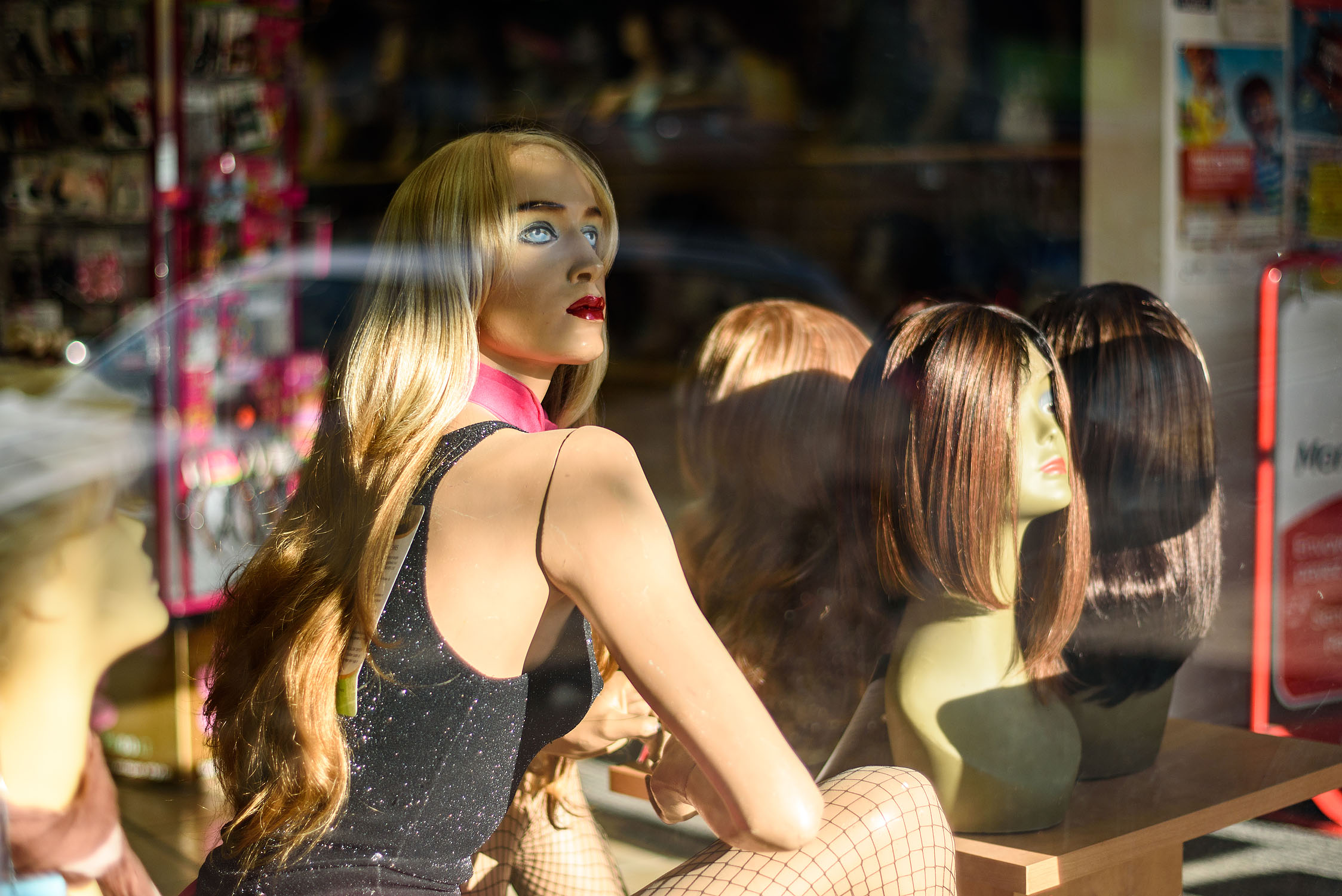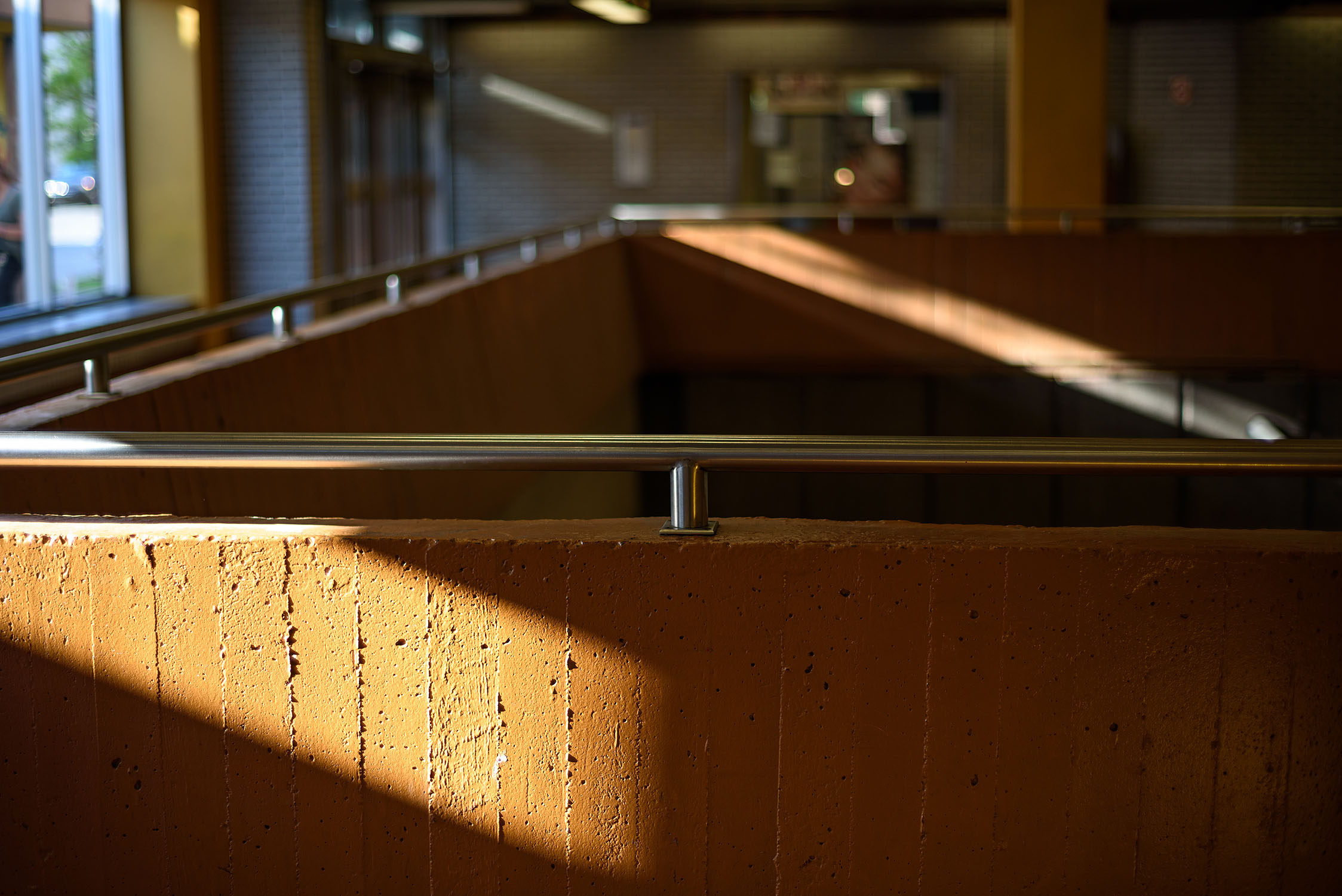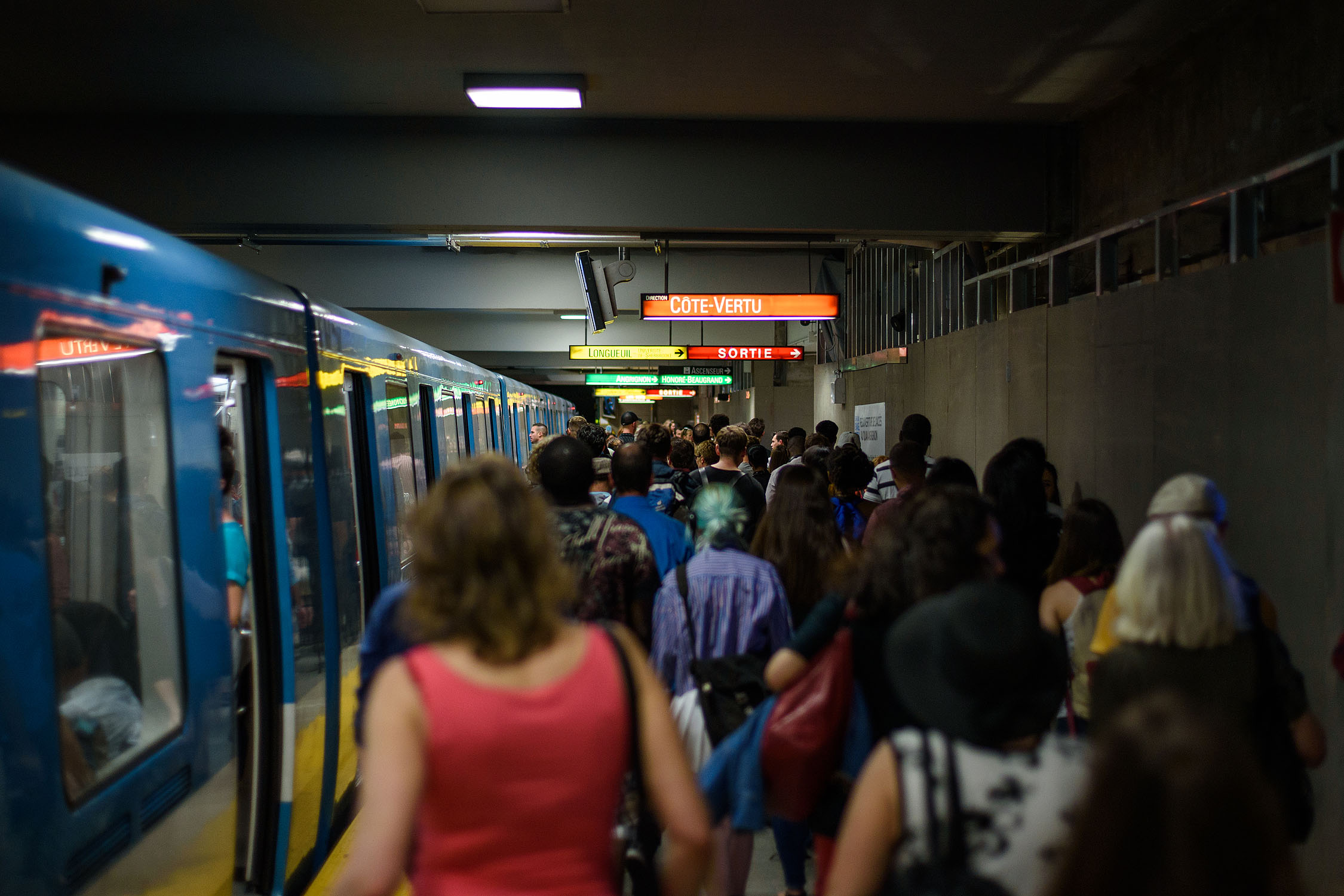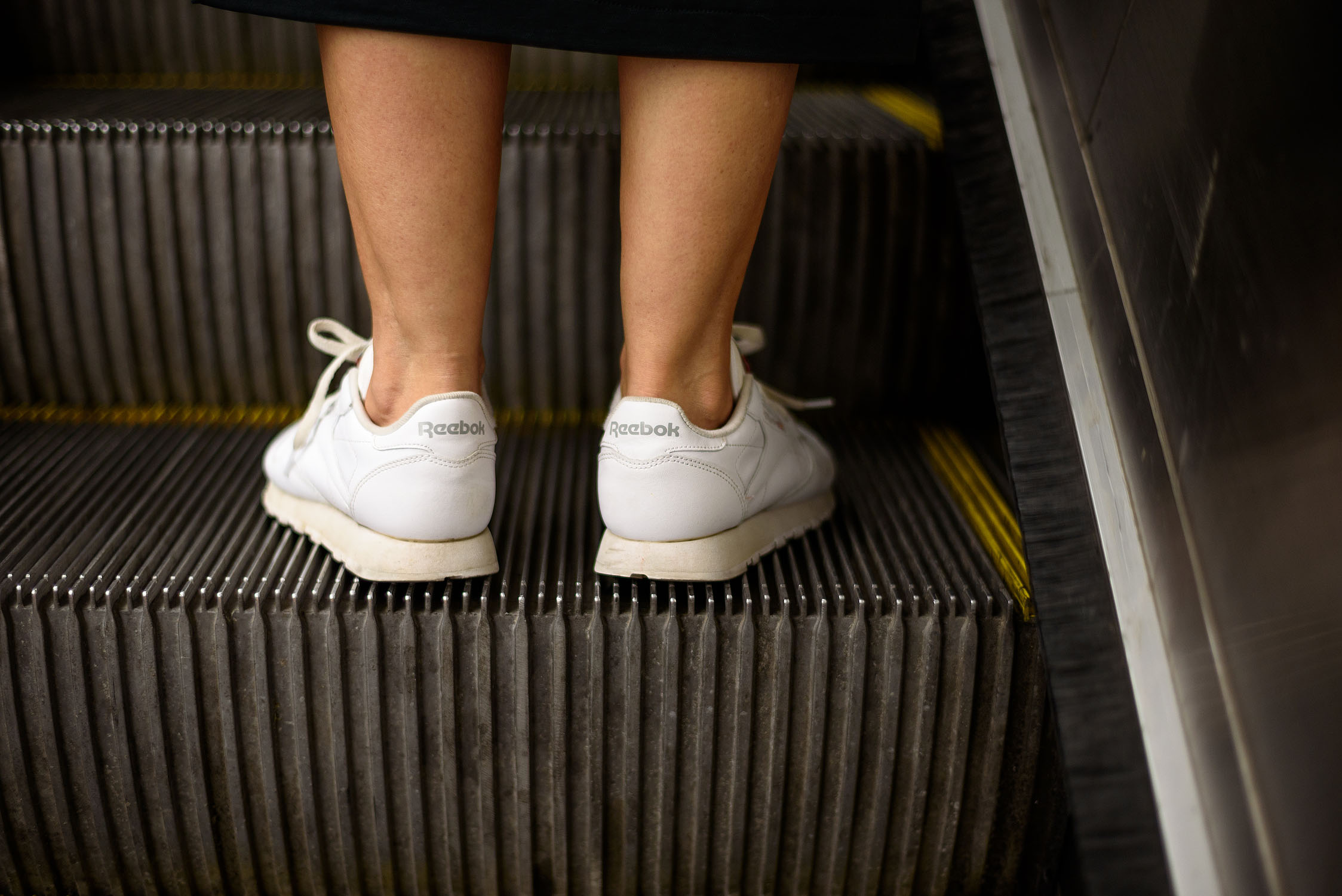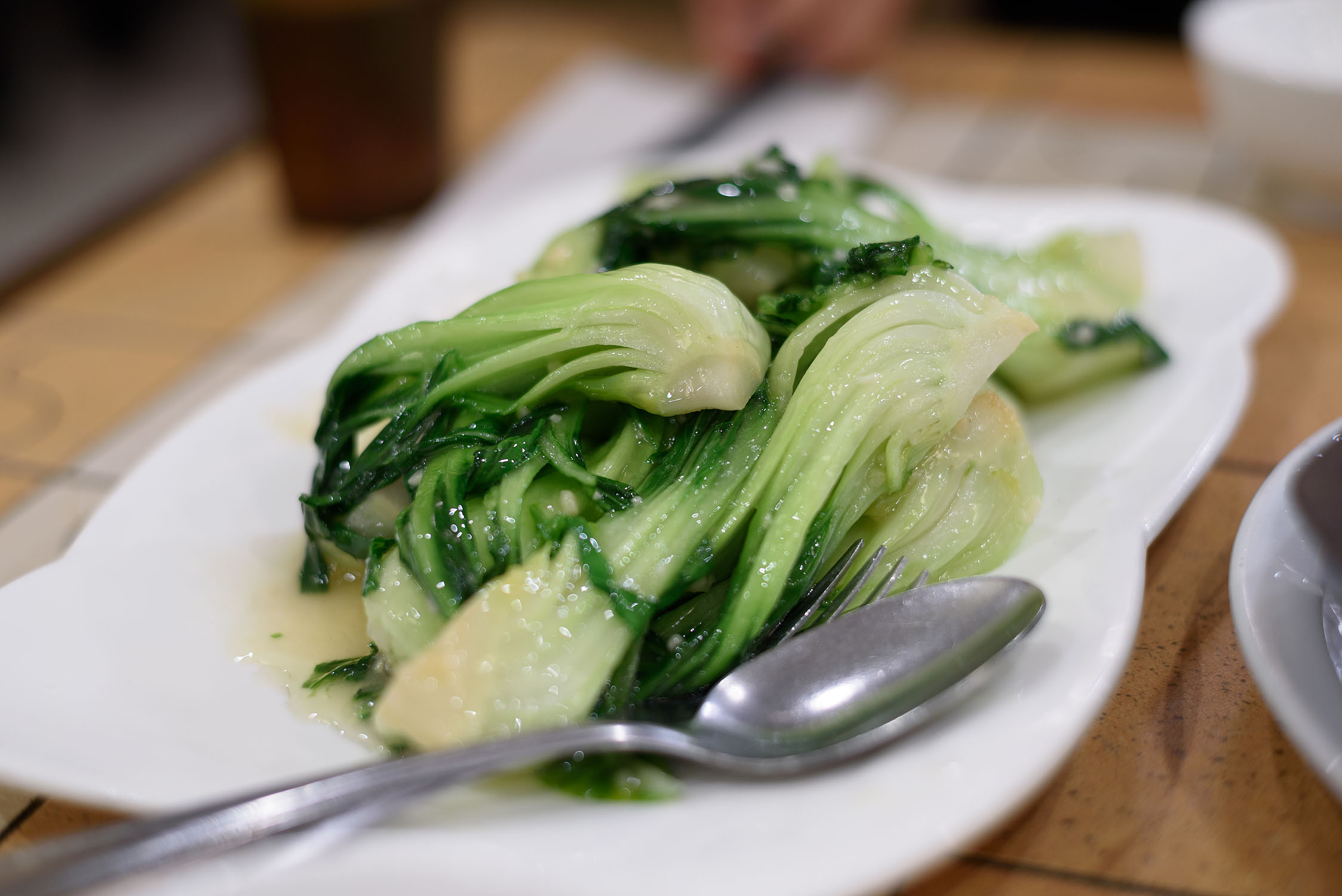Life after Autofocus: Comparing a set of superior 50mm lenses of the F Mount
Hello Ladies.
I wrote a blog article about closing my debate on affordable or autofocus 50mm lenses for the Nikon system (the AF-D 50mm 1.4 won). Now I’m about to take away the autofocus feature and simply compare what I believe to the absolute best 50mm I can mount on my d750 without resorting to adapter nightmares.
Removing AF, changing the rules
Dat Big Front Element...
If you’ve been following me, I've said in the previous article that the ideal 50mm combines the practicality of AF with shapeshifting dreamy to sharp rendition abilities as well great native colors, contrast and depth rendition. As such, it can be used to capture a mood, isolate a subject or record an entire landscape. It’s also something relatively small I can carry in a bag of prime lenses. Now, for this comparison I shall remove the practicality of AF in order to add in the manual focus lead monsters of Zeiss and Voigtlander.
Warning: For master lens users only
Voigtlander 58mm 1.4 Nokton 3d pop madness
While manual focus could hinder the usability of a lens, it brings a rewarding level of control. Effectively using such master lenses requires knowledge of the influence of aperture on the behaviour of the lens as each F setting reveals a different note in a very wide range of emotion such a tool can bring to an image. Learning how to play each aperture separates the newcomers of photography from the master lens users.
Nikkor AF-S 50mm 1.8G, the easiest 50mm to shoot with in known history.
If you prefer keeping it simple and shooting with a more forgiving lens, this article isn't for you and you'd be better off using a modern lens that sacrifices rendition range and high rewards for consistency, like the Nikkor AF-S G lenses. Casual nikon users should consider the Nikkor AF-S 50mm 1.8G. While the autofocus lens has no soul at all, it won't punish mistakes as much.
One Big Flat Ultra Sharp Sigma ART 50mm World
This is also why I didn’t include the Sigma ART 50 or the Zeiss OTUS Distagon 55, I will tell you that, while I have personally shot with these, I have no interest in pursuing such unidimensional design intentions for the focal length (they simply can't shape shift past their initial aperture). The best example of why I can't tolerate shooting with modern lenses could simply be the same way Top Gear feels about the Lamborghini Aventador (listen closely at 5:50).
Anyway, on with the comparison!
Lenses Compared (used prices in CAD)
Lenses were shot at same exposure, aperture, iso and white balance in the following order on tripod with live view max zoom manual focus:
- Nikkor Ai-S 1.2 (500$): 1978 vintage lens, 7 elements, 9 aperture blades
- Nikkor AF-D 1.4 (250$): 1986 AF lens, 7 elements, 7 aperture blades
- Carl Zeiss Planar 1.4 ZF2 (650$): 1974 design with 2009 cpu revision lens, 7 leaded glass elements, 9 circular aperture blades
- Voigtlander Nokton 58mm 1.4 SL2 (600$): 1963 design by Tokyo Kogaku or Topcon, reused by Cosina under Voigtlander brand, 7 leaded glass elements, 9 circular aperture blades
M.I.A.: Nikkor G junk (including that overhyped piece of shit called the 58mm 1.4G), Modern Junk
I’ve thrown the AF-D 1.4 into the mix for us to witness how each manual focus lens compares to the autofocus one. As you can see, the price of the higher-end lenses are very close around the 500-700$. The Voigtlander is the only 58mm lens featured in the comparison. I expect the Ai-S 1.2 to beat the 1.4 thanks to its bigger element size and for the Zeiss/Voigtlander pair to be right at the very top, neck to neck.
Expected dominance of leaded crystal glass
Lead Monster Zeiss
For those who don’t know about leaded glass, it’s the type of glass used to make Swarovski crystals. It’s highly refractive and transmissive, which is ideal for photography but not used in the making of many Japanese lenses for environmental protection. While innovations like ED, Nanocoating and hybrid Asph glass have helped Japanese glass have a fighting chance against european designs, nothing truly replaces the unique color and contrast of leaded glass. I definitely expect them to dominate this comparison.
RAW download
Click here to download the raw files of images used for this test. The exif data of each lenses is embedded in the RAW at the exception of the 50mm 1.2 which is labeled as 0mm f/0.0. Since the raw files have been modified for a fairer comparison, their xmp is included in case you want to witness how I've processed compared the images. Enjoy!
Early test notes: Ai-S 1.2 not so bright
No guys, this ain't because the ai-s 1.2 is more contrasty.
The Ai-S 1.2 was a bit of a let down. While its contrast and sharpness is superior to the AF-D 1.4, it also exposes half to two-thirds of a stop darker than the rest so much that I have personally decided to match exposure in post and compare instead of comparing images straight out of camera. It's probably due to the fact that the aperture blades are more closed down than other lenses despite starting from a brighter position. This sort of performance makes me what to just line up all the manual focus nikkor lenses again and see how relevant the f1.2 lens is today, especially since its price is way too close to its rivals in this group test.
I also didn’t have the Nokton on day 1 of testing so it didn’t figure in the f2 portrait test I did of the girl on the bike. I chose relevant scenes that reflect some of my real world use.
Scene 1: F8 Landscape
Scene was shot on a tripod at f8 to display lenses at their max level of resolving performance.
Comparing the Ai-S 1.2 to AF-D 1.4, the Ai-S 1.2 surpasses in micro-contrast while the AF-D 1.4 has richer colors. I figured the Ai-S color issue could be fixed in post and it was better to have micro-contrast in this case. So the Ai-S 1.2 wins.
Ai-S 1.2 (left), AF-D 1.4 (right)
Comparing the Ai-S to Planar, the Planar is a huge step up over the Nikkor both in sharpness, tones and contrast. It’s not even a comparison at this point, it’s a complete takeover.
Ai-S 1.2 (left), Planar (right)
Comparing the Planar and the Nokton ends in very tight fight with the Nokton marginally edging out a very small win overall in color.
Planar (left), Nokton (right)
Scene 2: F2 Girl next to her bike
With my friend as test subject, I shot this scene handheld and didn’t have my Nokton with me. F2 is usually where most of the initial vintage haze dissipates to reveal some sharpness.
Comparing the Ai-S 1.2 with the AF-D 1.4, the Ai-S does exhibit less chromatic aberration and smoother bokeh, especially when looking at the bushes on the left of the girl. The AF-D color though is more vibrant. It's a slight win for the Ai-S 1.2
Ai-S 1.2 (left), AF-D 1.4 (right)
Comparing the Nikkors against the Planar delivered mixed results. While the Planar gave a good win in bokeh, colors and contrast, the lens was considerably less sharp than the Nikkors, showing some slight edge haze around the subjects. Judging a comparison like this goes to taste as the Nikkors showcase more resolution but the Zeiss is overall more pleasing to my 3d pop loving eye.
Planar 1.4 (left), Ai-S 1.2 (right)
Scene 3: Max Aperture Branch
I figured I wanted to know how the lenses would behave went used at their max aperture. While such applications are only useful to get an “effect” or used at emergency of extreme low-light, knowing if they can or not provide a useable image is the key here.
Comparing the Nikkors provides a spectacle of the hideous. Both bokeh showcase strong outlines coupled with strong fringing, the Ai-S 1.2 looks particularly worse than the AF-D 1.4 with a strong bright turquoise halo instead of a faint yellowish glow. Surprisingly, the Ai-S is sharper and contrastier at f1.2 than the AF-D. It's a tie here.
Ai-S 1.2 (left), AF-D 1.4 (right)... no winners here
Adding the Planar, the Zeiss manages a better showcase of blur by creating a sharper, contrastier and more colorful image with less strong bokeh outlines, very reminiscent of a better behaved Nikkor AF-D 1.8 and Ai 1.8 hybrid.
Ai-S 1.2 (left), Planar 1.4 (right)
The Nokton arrives and leaves with a win over the Planar's hazy rendition on colors, sharpness and contrast but the Planar fights back with better background smoothness. I would call this a tie since both lenses gather very important features of 50mm.
Scene 4: F2.8 rule of thirds branch
Yes I'm lazy, using the very same branch.... So I figured I’d try to see how my ROT (rule of thirds) subjects would turn out on the lenses at an aperture that wasn’t featured yet. This test also helps me take a good look at the bokeh. At f2.8, all the lenses’ bokeh fringing has cleaned up and almost all the haze is gone to reveal technical sharpness at a position where many portraits are being shot.
Comparing the Nikkors reveals higher contrast and sharpness on the Ai-S 1.2 but the AF-D has marginally bigger bokeh balls as well as better colours. Tie
Ai-S 1.2 (left), AF-D 1.4 (right)
Comparing the Ai-S 1.2 and the Planar, the Planar has better colors and bokeh while the Nikkor has better contrast and sharpness this time around.
Ai-S 1.2 (left), AF-D (right)
Comparing the Ai-S, the Planar and the Nokton, the Nokton gives an even better microcontrast than the Planar while matching it for color and matching the Nikkor for sharpness. Bokeh wise, it's a bit unfair since the 8 extra mm of the Nokton helps keeping those bokeh balls huge.
Planar 1.4 (left), Nokton 1.4 (right)
Scene 5: Statue head micro-contrast f5.6
Classic scene that I use to measure micro-contrast at f5.6. The Ai-S displays a sharper background due to a smaller aperture closure. So I’ll concentrate on comparing the details of the statue head.
Comparing the Nikkor, the Ai-S 1.2 pulls ahead in micro-contrast.
Ai-S 1.2 (left), AF-D (right)
Comparing the Ai-S 1.2 and the Planar, the Planar completely takes over in everything. It’s a great showcase of what leaded glass can do over non-leaded.
Ai-S 1.2 (left), Planar 1.4 (right)
Comparing the Planar and Nokton, the Nokton occupies the top of the micro-contrast chart. There’s definitely twice more to be found there. Class-leading performance, no pun intended.
What have we learned
Autofocus Champion
- While these are very good lenses, shooting comfortably under f2 demands exceptional circumstances. The Planar and the Nokton can definitely work marvellously at f1.4 if the image demands it, but their rendition won't be a sure hit every time as the bokeh circle edges might bring harshness to the background.
- The Ai-S is contrastier and sharper than the AF-D 1.4 but gives out less vibrant colors and worse bokeh.
- The Planar gives better bokeh, colors and contrast than the Nikkors but is clearly not the sharpest 50mm of the bunch. While the Nikkors achieve "fine details" at f2, the Zeiss gets there at f2.2
- The Voigtlander is the best overall if you can frame with 8mm extra: it is sharper than Ai-S 1.2 at f1.4 and has color/contrast/bokeh of the Planar.
- If you have the AF-D 50mm 1.4 and are looking for an overall upgrade, the Voigtlander 58mm is a more sensible choice since it’s priced so close to the Ai-S 1.2.
- If you really need to stay at 50mm, the Planar is more seen as a lens that goes against the technical sharpness trend and provides a color/contrast/3dpop complement to the Nikkor AF-D 1.4
- The Ai-S sadly becomes the lens with the worst value of the bunch as its rendition doesn't drastically exceed that of cheaper Nikon AF-D prime while the similarly priced Zeiss and Voigtlander clearly do.
Conclusion
Nokton Overall Champion, Planar very close second
Leaded glass is where Nikon can’t compete, if you look at more modern 50mm lenses made by Nikkor, you’ll notice a drastic decrease in depth rendition, color saturation and contrast at the price of smoother bokeh over the AF-D 50mm 1.4. I have witness this in the overpriced Nikkor AF-S 58mm 1.4G and sold it for the Voigtlander 58mm. This represents a sad situation where Nikon can’t seem to improve image quality on the AF-D 1.4 without changing its design and ruining its identity in the G lens line.
The Voigtlander is definitely a gem. Its arrival in my kit brought some extreme night and day difference in the way I work with manual focus lens. It has become my go to lens for serious image creation in situations where I require autofocus less. 58mm is a focal length that gives more intention, respect and intimacy to a subject than a 50mm while still suggesting a working distance similar to the wider brother. As with all manual lenses hard to use, the payoff of mastery is supremely high.
Now rating this fight based on lenses of exclusively at 50mm, the Planar 50mm would win on all but at sharpness at f2 as demonstrated in the girl with bike scene. While the technical involvement is higher than with any other lens in this comparison, the payoff of mastery is definitely higher than with Nikkor lenses. It could very well complement the AF-D 1.4 in superior rendition when autofocus isn't needed, probably for most portraits of humans.
Deciding between the Voigtlander than the Zeiss really comes down to how you prioritize sharpness as the Zeiss will achieve a technically sharp result at the point of focus at f2.2 (Voigtlander gets there at f2) and edge to edge at f4 (Voigtlander gets there at about f2.8). The Voigtlander is also the better closed down landscape and scenic lens of the two. Its microcontrast is 2nd to none. The Zeiss will deliver superior colors but the Voigtlander will win at BW. It also comes down to bokeh, the Zeiss 50 will have an advantage on circle shapes which contain a less strong outline than the Voigtlander's harsher rendition. Neck and Neck as expected.
Here are more images taken with the Voigtlander 58mm
Here are more images taken with the Planar 50mm
